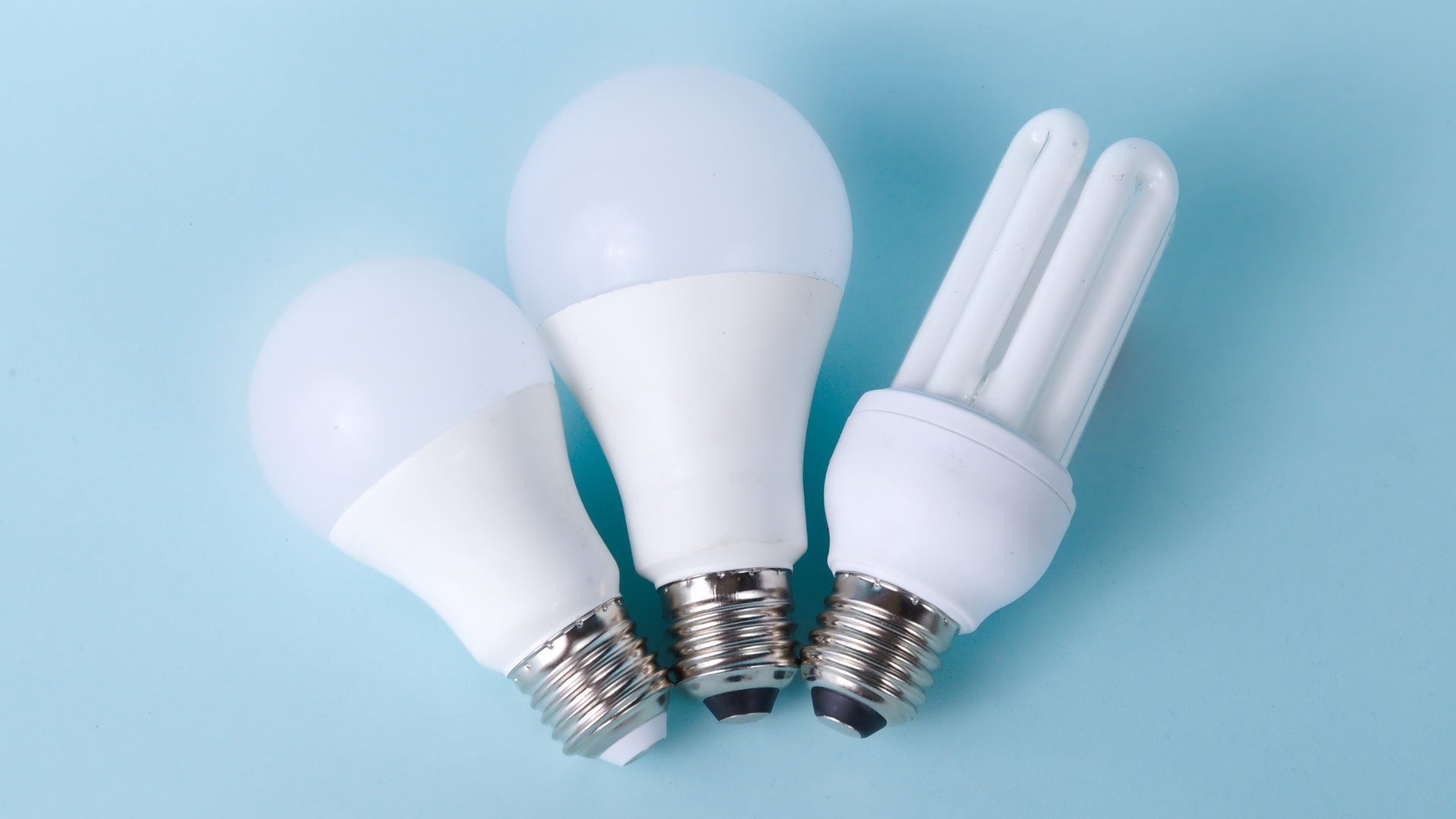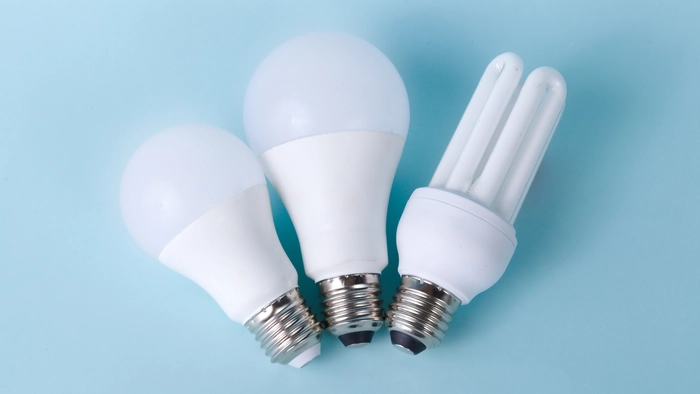 Light is fundamental to how we experience the world. Over the past decade, LED (Light Emitting Diode) technology has transformed the lighting industry—from homes and offices to cities and smartphones. But what exactly makes LEDs so revolutionary?
Light is fundamental to how we experience the world. Over the past decade, LED (Light Emitting Diode) technology has transformed the lighting industry—from homes and offices to cities and smartphones. But what exactly makes LEDs so revolutionary?
1. Energy Efficiency That Redefines Standards
-
LEDs use up to 80% less energy than traditional incandescent bulbs.
-
Example: A 10W LED can produce the same brightness as a 60W incandescent.
-
Less energy consumption = lower utility bills and reduced carbon emissions.
Quick Fact: If every American household replaced just one incandescent bulb with an LED, the country could save billions in energy costs annually.
2. Lifespan That Lasts Decades
-
LEDs can last 25,000 to 50,000 hours, compared to 1,000 hours for incandescent.
-
This drastically reduces the frequency of replacements, especially in hard-to-reach fixtures or commercial settings.
-
Good for the environment and your wallet.
3. Durability and Versatility
-
LEDs are solid-state lights—no fragile filaments or glass.
-
Resistant to shock, vibrations, and extreme temperatures.
-
Perfect for outdoor use, industrial applications, and even automotive lighting.
4. Better Quality Light with More Control
-
LEDs come in various color temperatures and offer high Color Rendering Index (CRI) options.
-
Tunable white and RGB LEDs allow dynamic lighting scenes—from warm evening ambiance to daylight productivity.
-
Smart LEDs can adjust brightness and color via voice or smartphone.
Smart Tip: Pair LEDs with motion sensors or timers for automated energy savings.
5. Transforming Urban Infrastructure
-
Cities worldwide are switching to LED streetlights, saving millions in energy and maintenance.
-
Smart lighting grids integrate LEDs with IoT tech for real-time monitoring and dimming.
-
Improves public safety, reduces light pollution, and cuts emissions.
6. Enabling Creative Design & Innovation
-
LED strips, panels, and miniaturized chips allow for hidden, curved, and interactive lighting designs.
-
Used in art, retail displays, architecture, and film.
-
Examples: LED art installations, dynamic backlighting in TVs, even flexible LED wallpaper.
7. Cost Trends: From Expensive to Essential
-
Once pricey, LEDs have become affordable and accessible due to mass production and improved tech.
-
Governments worldwide offer rebates and incentives to encourage LED adoption.
8. Future Trends: What’s Next for LEDs?
-
Micro-LEDs for ultra-thin screens and wearables.
-
Human-centric lighting that mimics natural daylight to support circadian rhythms.
-
Li-Fi (Light Fidelity) for data transmission using LED light waves instead of Wi-Fi.
Conclusion: More Than Just Lightbulbs
LEDs are not just a replacement for old technology—they're opening up new possibilities in energy, design, and digital connectivity. Whether you're lighting a home, a skyscraper, or a smart city, LED tech is lighting the way to a brighter, smarter, and more sustainable future.

